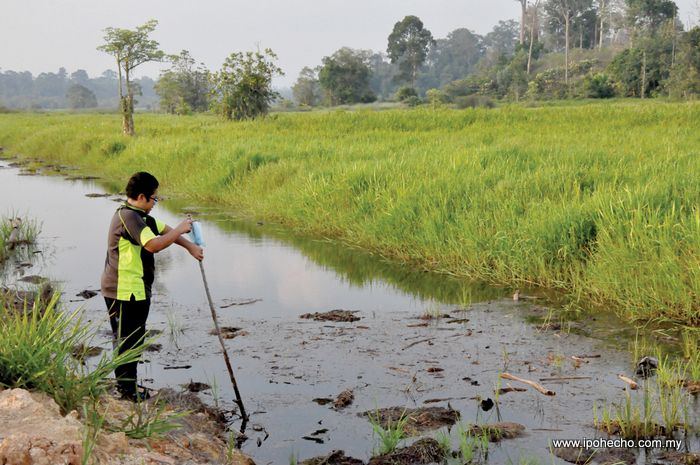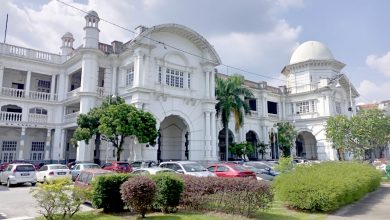

By Fathol Zaman Bukhari
Coming from a rural background and having been raised in Parit Buntar, the capital of Kerian District, Bukit Merah Lake holds a special meaning to me. Since my youthful days while rummaging through the paddy fields of Titi Serong, I have held the lake in awe.
To the rice farmers of Kerian District then, Bukit Merah was synonymous with good harvest and later double-cropping. In short, lives revolved around the lake as its waters determined the rice-farming community’s livelihood. There were lean times when a resultant dry spell impacted the water level in the lake which in turn affected the farmers downstream. A poor harvest meant some had no income to show. But the community’s resilience was impeccable. Most would fall back on previous year’s stock to survive the drought and perhaps the year. This was the case until double-cropping was introduced in the early 1960s.


A bit on Bukit Merah and its dam sourced from the Perak Drain and Irrigation Department’s website. It says:
“Bukit Merah Dam is a modified homogeneous earth-fill embankment located upstream of the confluence of Sg Kurau and Sg Merah in Perak. The dam was constructed in 1906 and its embankment was raised from RL (river level) 8.08 metres to RL 10.67 meters during the 2nd Malaysian Plan (1961 to 1965) and again in 1984 to its present level of RL 11.28 metres.
It has a crest length of about 580 metres and a height of 9.1 metres, at the deepest point. The lake covers an area of about 480 sq. km and has a storage capacity of about 93 Mcm at RL 9.1 meters.
The main purpose of the dam is to provide irrigation water for double-cropping to some 24,000 hectares of paddy land within the Kerian-Sg Manik complex. The lake provides 5.6 cumes of water for domestic and industrial use in Kerian District. It is a source of income for local fishermen.”


The irrigation canals were well maintained by the Drainage and Irrigation Department workers. My late uncle, a supervisor with the department, bore testimony to this. His house was close to one of the canals that ran through Titi Serong. As kids we would swim and play in the canals. It was an occasion to enjoy, especially when water from the dam was released into the canals. It was the best time to splash and to fish. Nets and lines were used to the maximum. The water was clear and was drinkable. We had the time of our lives but that was eons ago. Now things have changed.
The recent dry spell had wreaked havoc on the lake. Water level plummeted to an all-time low that some parts of the lake floor were exposed. Since the world weather patterns were affected by the El-Nino phenomenon, the blame fell squarely on this freak of Nature. Talks of diverting water from the Perak River via a tunnel, estimated at about RM300 million, made the rounds. The solution seems so simplistic – lake has no water so divert water from a nearby source and, presto, the problem is history.
No one is interested to know the real reason behind the lake’s falling water level. Had the authorities looked around they would have found the cause. The culprits are illegal farmers who had, since 2010, worked on the reserved lands bordering the lake to grow cash crops and oil palm. There are, according to Sahabat Alam Malaysia (SAM), over 20 illegal operators on site tilling the land with impunity without a care for the environment. These people must have considerable political clout to do what they do.
A formal complaint was lodged with the Land Office at Parit Buntar by SAM on December 29, 2011. No actions were forthcoming in spite of a written pledge from the Kerian District Office made on December 27, 2012.
During a site visit on Sunday, June 5 the situation remains unaltered. Over 30 members from the media and five non-governmental organisations witnessed the carnage. We were shocked by what we saw.


